Table of Contents
Parsnips vs Turnips
The differences between parsnips and turnips can be challenging to understand, but this article will help you stay on top of things.
Turnip and Parsnip are two types of vegetables found in the root family.
They both come from either Europe or Asia, but they have their differences in taste as well!
So, before you make a culinary mistake by swapping the sweet Parsnip for its bitter cousin turnip (a sure way to ruin any dish), keep reading to figure out the real difference between Parsnips vs Turnips!
Turnips
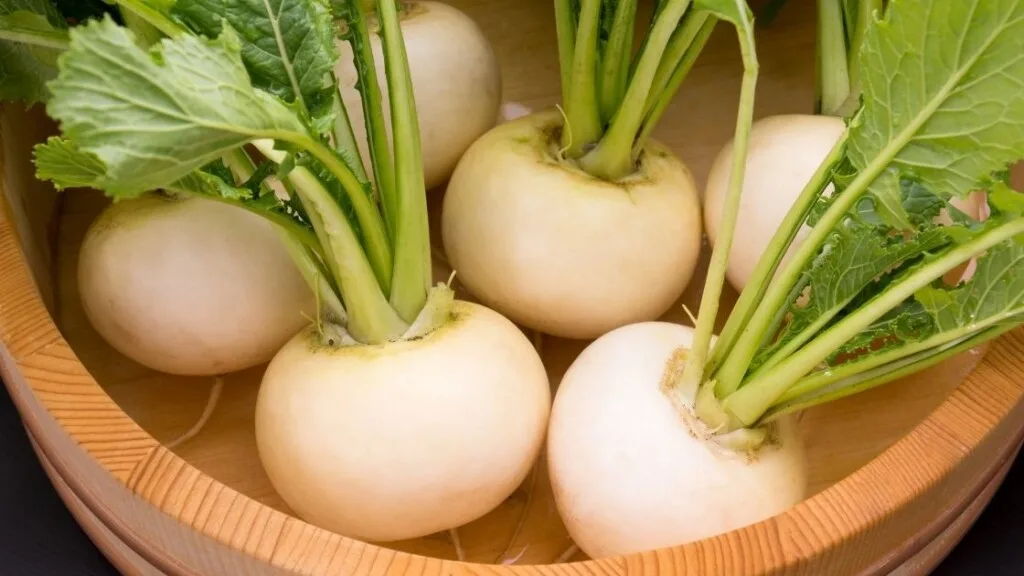
You might be thinking “turnip” and immediately picture a small orange root vegetable with long white hair.
You would not necessarily associate this common roadside weed as being part of an ancient family known for plants such as rutabaga, mustard greens, or even cabbage!
But in fact, they are all members of the Brassicaceae club, which includes many other tasty items like broccoli (a type hardly anyone eats), horseradish & cress, etceteras.
For some, turnips are a cross between potato and carrot. For others, they’re more taste like radishes or mustard greens with some bite to them;
In contrast, for other people in the world, these roots will have you know nothing about their peppery nature that is often mingled together by flavors of cabbage from its close relationship as well being a cruciferous vegetable (a type rich plant family).
How to Pick the Right Turnips?
It would be best if you looked for small turnips. That’s because these will be the ones with a sweet flavor and texture. They should be heavy for their size but not too big.
They should also not be soft, and when you press on them, they should still be able to stay firm! These will be the Turnips that taste the best!
Also Read: How Do You Store Leafy Greens in the Fridge?
How Do You Cook With Turnips?
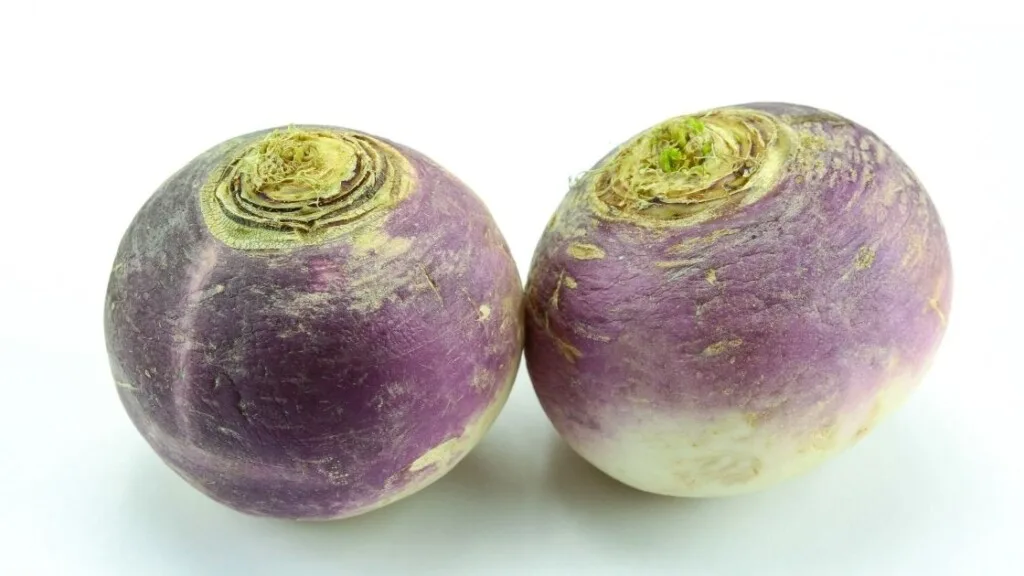
While it may seem like the turnip is an unappealing vegetable, when cooked right and served with just enough salt or sugar to bring out its natural sweetness (or, in this case, bitterness), there’s nothing better.
Turnips are not only delicious raw- they make for great side dishes as well! If you want something crunchy on top of your salad?
The best way to enjoy turnips is when they’re fresh and tender in the fall.
You can also cook them early on before their skin gets tough, or late summer through winter if you like your food more robustly seasoned with root veggies!
If you mashed up, these orange beauties make an excellent substitute for rice during any meal- even festive occasions such as Thanksgiving dinner, where white carbs are traditionally served alongside turkey breast.
Turnip is a starchy root vegetable that tastes quite similar to cabbage with some spicy undertones like radishes.
Depending on the variety, it can be slightly bitter or sometimes even sweet. Still, it’s most often eaten boiled and mashed for auxiliaries in dishes such as potato sauce-based meals.
The greens are excellent sauteed up together with onions & garlic; they make great sides to – serve ’em alongside your favorite veggies!
Parsnips
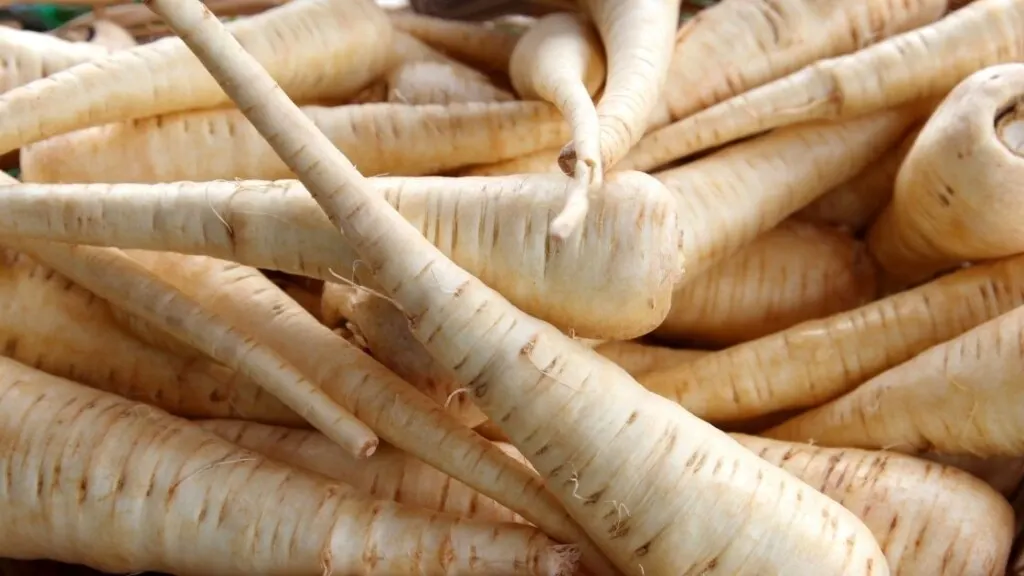
The Parsnip does not get as much attention from restaurants and dinner tables, but it’s one of the more versatile vegetables you can find.
Parsnips may not be the first vegetable you think of for healthy eating, but this humble root is packed with vitamins and antioxidants that protect against chronic conditions.
One serving provides 25% or more daily value for vitamin C – which helps keep your immune system healthy!
With its roots dating back thousands upon thousands of years ago, this little root vegetable has had a lot to offer overtime!
Parsley cousins like carrots or radishes share many commonalities; both grow best when planted close together under suitable conditions for them to grow properly!
Parsnip is a root vegetable. Its taste is complex and earthy, which you can’t easily describe.
It has hints of sweetness to make up for its bitterness when compared against other winter squashes or leafy greens like spinach in terms of the flavor profile.
A lot goes into parsnips: they’re not just an afterthought on your plate!
How to Pick the Right Parsnips?

Make sure you buy firm, plump parsnips with no soft spots or discoloration. If they come with tops attached, make sure it’s fresh and green as well!
Avoid hairy secondary roots, which may mean the root was over-wintering in storage rather than being harvested at its peak time through proper techniques.
These won’t just look weird but will also taste pretty bad!
How to Cook With Parsnips?
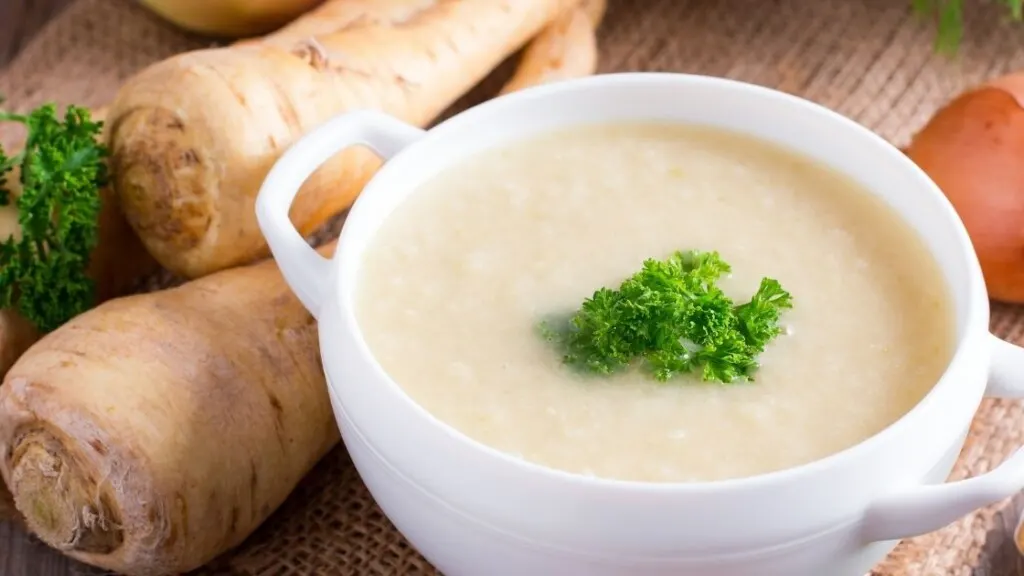
In search of the perfect side dish? Look no further than beautifully textured, small parsnips.
Large varieties can be tough to chew and enjoy because they have a thicker woodier core that’s not as tasty or versatile in your cooking options – but don’t worry!
There is an easy way around this problem: grab yourself some vegetable brush (or even steel-wool worked into one end) before placing them on a top pan with just enough water so it won’t scorch at high heat.
Then scrub away any skin cells left behind after boiling/sautéing etc.
You’ll never want mashed potatoes again once you try these fresh-tasting alternatives.
First things first, look for small straight parsnips. That may seem counterintuitive, but a significant talking point has a thicker woodier core that’s less tasty and more difficult to chew and cook with.
To prepare them, grab your vegetable brush, scrubbing away at by now aged outer skins until you have achieved an anonymously creamy root veggie mash perfect as either toppings or a side dish! That’s not your average winter salad.
Finish it off with a honey-rosemary dressing and serve alongside some of our vegetarian main courses for an authentic taste of the Mediterranean! Or, try out sesame parsnip & wild rice tabbouleh!
The possibilities are endless!
Parsnips can even make for a great dessert! When you think about it, Parsnips and maple syrup are an unusual pairing, but when paired with the right ingredients, they can transform it into a delectable cake.
The combination on this sandwich is one for all occasions, but only if you can get the recipe right; if you can, it would make for a cake that everyone would remember!
And Now You Know What’s Parsnips vs Turnips!
By reading the descriptions above, you’ll be able to make sure that you never confuse these two vegetables ever again!

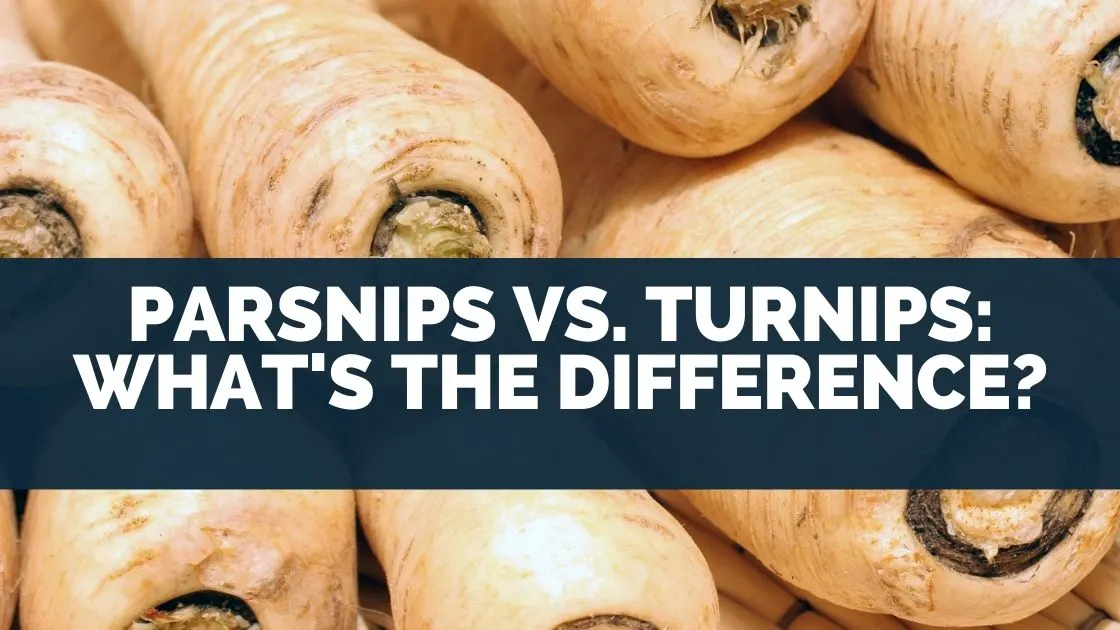

Leave a comment